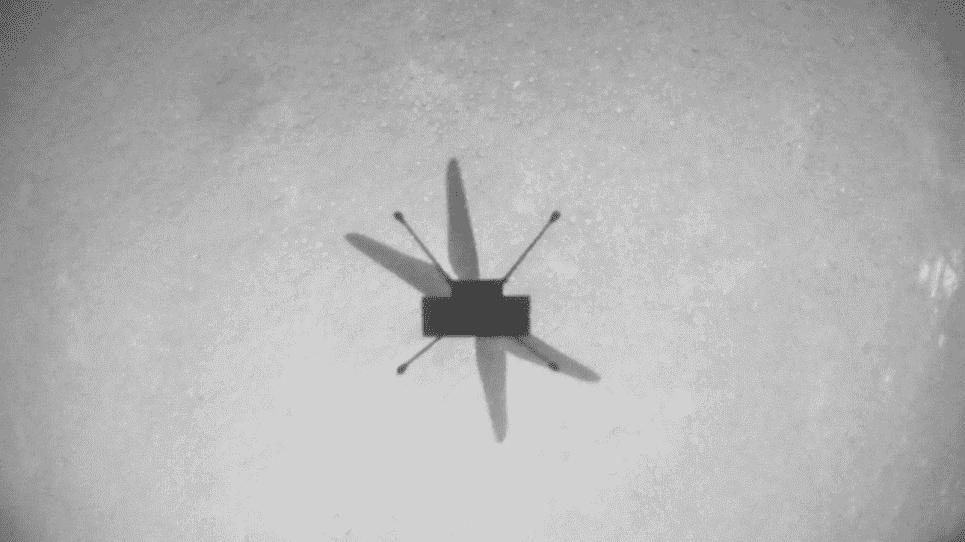A nail-biter of a flight saw Ingenuity take to the Martian skies for 166.4 seconds and reaching a maximum speed of 5 m/s (or 10 mph, the speed of a brisk run). During this flight, Ingenuity covered about 625 meters (2,050 feet), showcasing the advantages that flight missions can offer for exploring new planets.

NASA’s Mars helicopter Ingenuity is the first aircraft ever to fly on a celestial body other than the Earth. Ingenuity was only meant to serve as a proof of concept, showing that flight on Mars (in a thin, rarefied atmosphere) can be done. It was only meant to carry out three flights as a proof of concept — but now, Ingenuity just completed its ninth flight, and a daring one at that.
For its latest flight, Ingenuity flew from the Perseverance rover, taking a shortcut to the Séítah region (meaning “amidst the sand” in Diné Bizaad, the Navajo language). Séítah is interesting to researchers but is difficult to cover by land due to its sandy ripples. Flying Ingenuity over the area was a risk and NASA acknowledged it was pushing the vehicle past its limits — but the risk paid off.

Flying across the Martian dunes 183 million miles from the Earth, Ingenuity clearly showed its worth, not just by exploring otherwise inaccessible terrain, but also through the distance it covered on Mars.
The distance covered by Ingenuity in this single flight is comparable to what the Spirit rover has explored in its entire mission on the Red Planet.
“We believe Ingenuity is ready for the challenge, based on the resilience and robustness demonstrated in our flights so far,” NASA said in a press release. “Second, this high-risk, high-reward attempt fits perfectly within the goals of our current operational demonstration phase. A successful flight would be a powerful demonstration of the capability that an aerial vehicle, and only an aerial vehicle, can bring to bear in the context of Mars exploration.”
Until now, Ingenuity has kept close to its terrestrial exploration partner — the Perseverance rover. This is the main operation NASA is looking at (the ability of a flying craft to accompany an extraterrestrial rover) but Ingenuity is increasingly showing that it can do a lot of things on its own.

The flight was a nerve-wracking one, though. Ingenuity’s navigation system wasn’t meant to deal with this type of fluctuating topography, so the team had to work around this difficulty.
In the end, although NASA hasn’t released any data from the flight, the mission proved to be a success. Not only did Ingenuity manage to take photos of previously unexplored terrain, but it also showed that its operational limits can be stretched even further. We have likely not seen the full range of what the brave little helicopter can accomplish.






